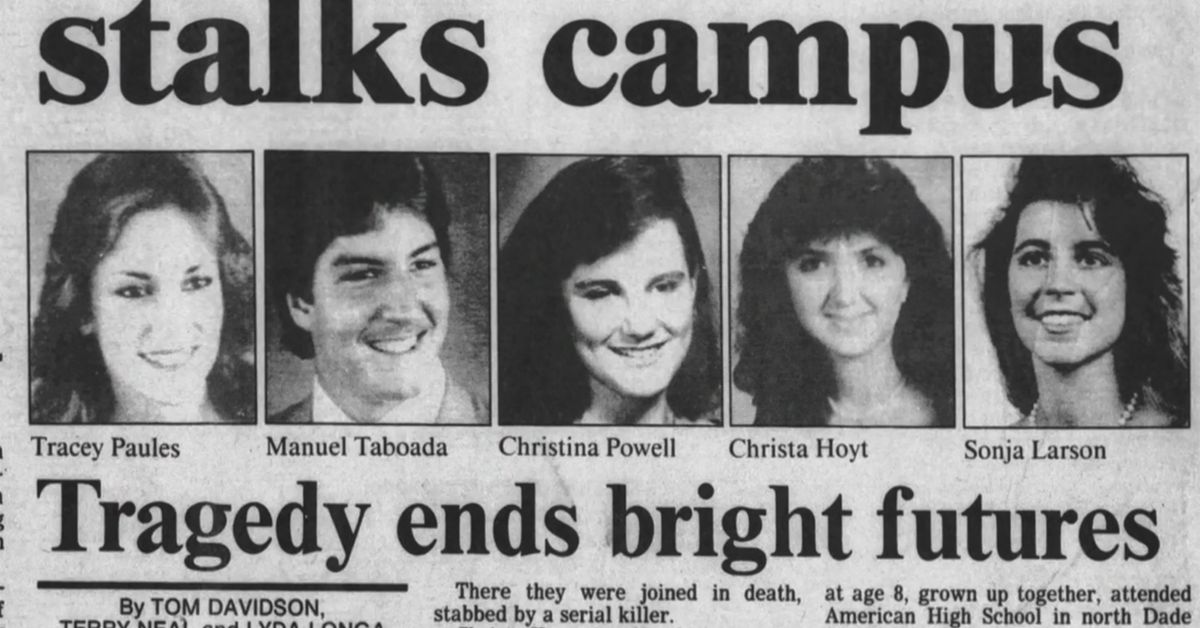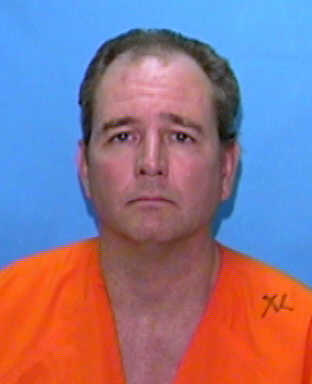ABC’s ’20/20: Gainesville’ reports on serial killer Daniel “Danny” Rolling, or The Gainesville Ripper, whose reign of terror in late August 1990 left five students dead in just four days in the college town of Gainesville, Florida. Apart from that, as it later turned out, Danny was also responsible for a 1989 triple homicide in Shreveport, Louisiana. Now that more than three decades have gone by since the occurrences, let’s find out precisely how one of America’s most notorious murderers was brought to justice, shall we? Here’s all that you need to know about Danny and his execution.
Who Was Daniel “Danny” Rolling?
Born in Shreveport, Louisiana, on May 26, 1954, Daniel “Danny” Harold Rolling never had a happy childhood. As per ‘The Gainesville Ripper‘ by Mary S. Ryzuk, Danny’s abusive father, a local police officer called James Rolling, continuously told his son that he was unwanted and an embarrassment from a young age. Thus, as time passed by and the familial relationships didn’t improve, Danny started acting out. As a teen, he initially committed petty crimes like robberies or peeking at women through their bedroom windows. But when he couldn’t find a place for himself in society as an adult either, he went further.

It has been reported that Danny committed his first murder, the Grissom family triple homicide, after being fired from his job as a restaurant waiter. From there, he skipped towns, stealing, before briefly settling down in a wooded campsite just behind the University of Florida in Gainesville in August 1990. Within the space of four days, Danny brutally murdered five college students. After he had killed the five students, Danny relocated to Ocala, where he was eventually arrested for and charged with a botched burglary. However, this arrest led to him being identified as The Gainesville Ripper, with hard evidence like his tools, DNA, and an audiotape backing it up.
When and How Did Daniel “Danny” Rolling Die?
In November 1991, Daniel “Danny” Rolling was charged with five counts of first-degree murder, three counts of sexual battery, and three counts of armed burglary of a dwelling with a battery for his offenses in Florida. The following year, he pled not guilty, but in February 1994, just before his trial was to begin, Danny changed his plea to guilty. To ascertain his sentence, jurors heard testimonies from his mother about his childhood trauma and from a psychiatrist, who detailed Danny’s alternative personality, Gemini, an evil being urging him to kill. Two other doctors stated that Danny seemed to have a severe personality disorder.

However, as each of them made it clear that Danny was in control of his actions during the crimes and understood the magnitude of everything he was doing, he was sentenced to death. “I do deserve to die,” Danny told Associated Press following the court proceedings. “But do I want to die? No. I want to live. Life is difficult to give up.” In the end, after exhausting all his appeals, The Gainesville Ripper was executed by lethal injection at Florida State Prison on October 25, 2006. More than 16 years after his killing spree in Florida, the 52-year-old was pronounced dead at 6:13 p.m. Eastern Time Zone.
Danny’s last meal was lobster tail. He made no deathbed confessions, but he sang a religious hymn before the onlookers supporting his execution, primarily those close to his victims. Shortly before this act was performed, though, Danny wrote a letter to the authorities and his spiritual advisor, taking full responsibility for the Grissom family homicide in Shreveport. Having served eight years in Alabama, Georgia, and Mississippi for armed robberies, he once said that he killed a person for every year he spent behind bars. Calm and collected was how Danny was described by officials ahead of his execution.
Read More: Who Were Danny Rolling’s Parents? What Happened to Them?


You must be logged in to post a comment.